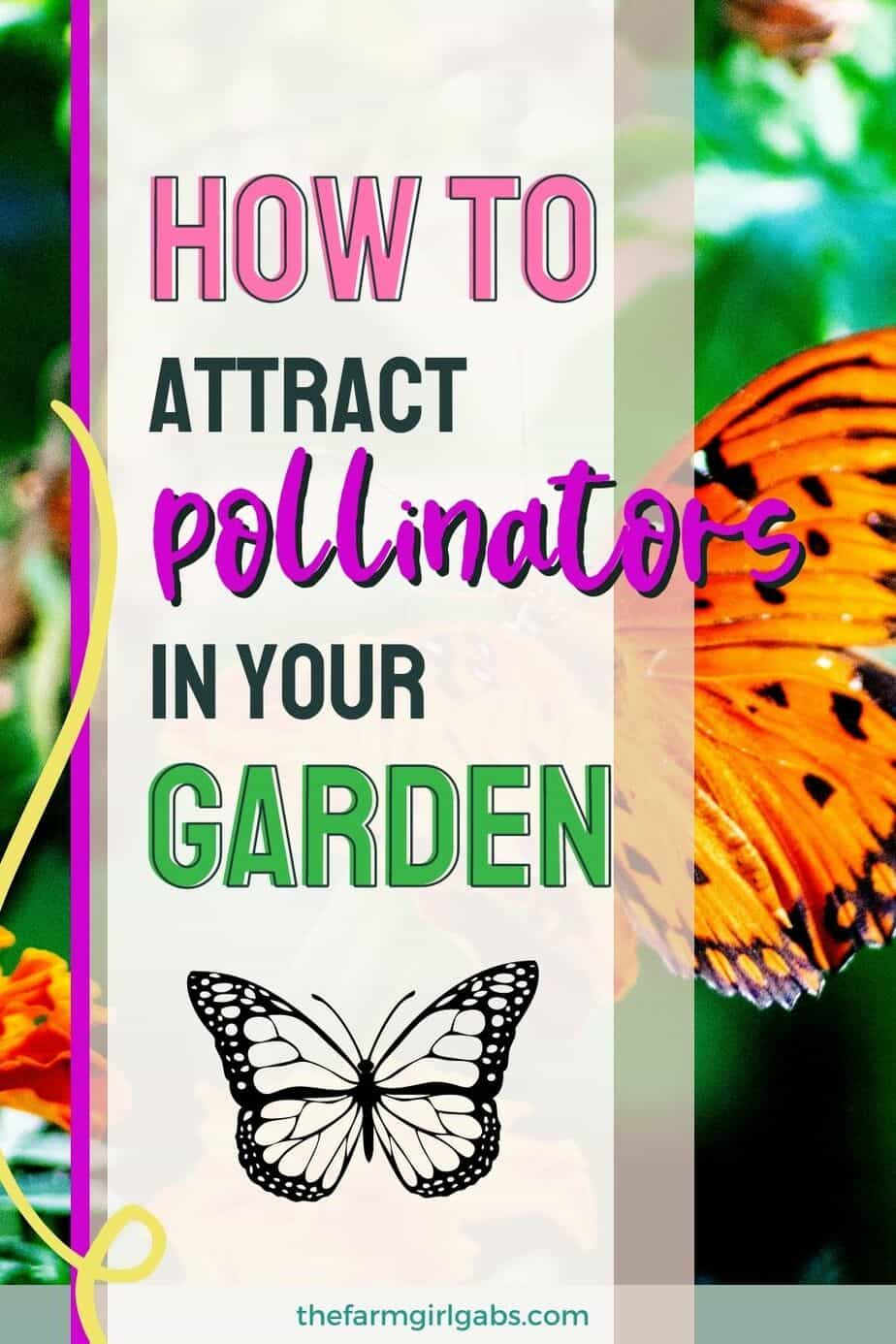How to Attract Pollinators to Your Garden Naturally

Imagine your garden as a bustling metropolis, teeming with life and activity. Now, picture the pollinators—bees, butterflies, birds, and more—as the city's workforce, diligently commuting from one flower to another, ensuring the city thrives. By attracting these beneficial insects and creatures, you're not just enhancing your garden's beauty; you're playing a crucial role in maintaining the delicate balance of our ecosystem. So, let's dive in and explore how to attract pollinators to your garden naturally.
Understanding Pollinators and Their Role
Pollinators are the unsung heroes of our environment. They facilitate plant reproduction by transferring pollen from the male part of the flower (anther) to the female part (stigma). This process enables plants to produce fruits, seeds, and more flowers. Bees, butterflies, birds, bats, and beetles are among the most common pollinators, with bees being the superstars, thanks to their efficiency and work ethic.
Creating a Bee-Friendly Garden
Plant Native Flowers
Native flowers are the cornerstone of a bee-friendly garden. These plants have co-evolved with local pollinators, making them an ideal food source. Plus, they're adapted to your region's climate and soil conditions, making them easier to grow. The Xerces Society provides excellent regional plant lists to help you get started.

Opt for Organic Gardening
Organic gardening is about more than just avoiding pesticides; it's about creating a healthy, sustainable ecosystem. By embracing organic practices, you're fostering a safe haven for beneficial insects. Composting, crop rotation, and using natural fertilizers are all part of this approach. The Rodale Institute is a wealth of knowledge on organic gardening.
Designing a Wildlife Habitat
Provide Shelter
Just like us, pollinators need a place to call home. Bees nest in hollow stems, dead trees, or underground, while butterflies and birds seek shelter in trees and shrubs. Incorporating these elements into your garden design provides essential habitat for your tiny workforce.
Offer a Water Source
A shallow birdbath or even a mud puddle can serve as a watering hole for pollinators. Bees, in particular, need water to produce honey and cool their hives. Ensure the water source is shallow and has a gentle slope or stones for insects to rest on.
Planting for Pollinators
Choose Plants Wisely
When selecting plants, opt for a variety that offers different shapes, sizes, and colors of flowers. This diversity will attract a wide range of pollinators. Also, consider plants that bloom at various times throughout the year to provide a continuous food source.
Plant in Clusters
Pollinators are drawn to clumps of flowers rather than individual plants. Grouping plants together makes it easier for them to spot and increases the chances of a visit. Think of it as creating a vibrant, bustling marketplace for your pollinators to shop at.
Maintaining Your Pollinator Garden
Deadhead and Prune Mindfully
While regular maintenance is essential, be mindful of when and how you prune. Many pollinators rely on dead plant material for nesting and overwintering. Leave some dead stems and seed heads standing over winter to provide habitat.
Avoid Pesticides
Pesticides are indiscriminate killers, harming beneficial insects alongside pests. By eliminating pesticides, you're creating a safer environment for pollinators. If you must use them, opt for the least toxic options and apply them when pollinators are least active, typically at dawn or dusk.
The Beauty of Beneficial Insects
Attracting pollinators isn't just about bees and butterflies. Other beneficial insects like ladybugs, lacewings, and hoverflies also play vital roles. They help control pests naturally, reducing the need for chemical interventions. By welcoming these insects, you're fostering a balanced, self-sustaining ecosystem.

Conclusion: Embrace the Buzz
Creating a garden that attracts pollinators naturally is more than just a hobby; it's a conservation effort. By planting native flowers, embracing organic gardening, and designing a wildlife habitat, you're supporting the tiny creatures that support us. So, let's embrace the buzz, the flutter, and the chirp. Let's make our gardens thrive with life.
FAQs
Why are pollinators important? Pollinators are crucial for plant reproduction, enabling the production of fruits, seeds, and more flowers. They support our food system and ecosystem biodiversity.
What are some common pollinators? Common pollinators include bees, butterflies, birds, bats, and beetles. Each plays a unique role in the pollination process.
How can I attract more bees to my garden? Planting native flowers, providing shelter, and offering a water source are effective ways to attract bees to your garden.
Should I use pesticides in my pollinator garden? It's best to avoid pesticides as they can harm beneficial insects. If necessary, use the least toxic options and apply them when pollinators are least active.
What is organic gardening, and why is it important for pollinators? Organic gardening focuses on creating a healthy, sustainable ecosystem without the use of synthetic chemicals. It's important for pollinators as it provides a safe, chemical-free habitat and food source.
0 Response to "How to Attract Pollinators to Your Garden Naturally"
Post a Comment